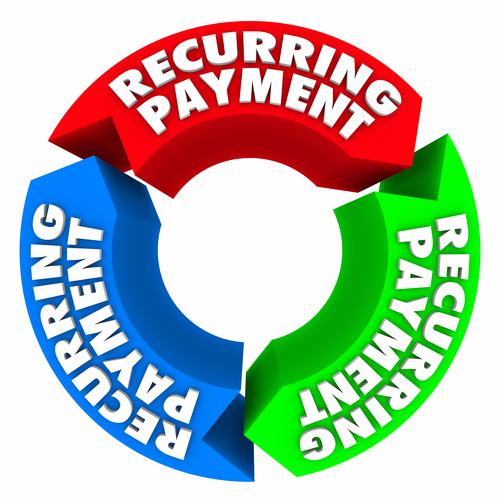
- Details
- Written by: Johnny McEntyre - NTS
- Category: Latest News
IR-2023-17, January 31, 2023
WASHINGTON — To help taxpayers navigate the beginning of the tax filing season, the Internal Revenue Service today offered a checklist of reminders for people as they prepare to file their 2022 tax returns.
- Hits: 13608
Read more: Key points to keep in mind when filing 2022 tax returns

- Details
- Written by: Johnny McEntyre - NTS
- Category: Latest News
IR-2023-12, January 24, 2023
WASHINGTON — The Internal Revenue Service today reminded taxpayers that they must again answer a digital asset question and report all digital asset-related income when they file their 2022 federal income tax return, as they did for fiscal year 2021. The term "digital assets" has replaced "virtual currencies," a term used in previous years.
- Hits: 13564

- Details
- Written by: Johnny McEntyre - NTS
- Category: Latest News
IR-2023-11, January 23, 2023
WASHINGTON — The Internal Revenue Service kicked off the 2023 tax filing season with a focus on improving service and a reminder to taxpayers to file electronically with direct deposit to speed refunds and avoid delays.
- Hits: 11149
Read more: IRS kicks off 2023 tax filing season with returns due April 18

- Details
- Written by: Johnny McEntyre - NTS
- Category: Latest News
IR-2023-16, January 27, 2023
WASHINGTON – The Internal Revenue Service and partners nationwide today kicked off their Earned Income Tax Credit Awareness Day outreach campaign to help millions of Americans who earned $59,187 or less last year take advantage of the Earned Income Tax Credit (EITC).
- Hits: 12822

- Details
- Written by: Johnny McEntyre - NTS
- Category: Latest News
R-2023-13, January 24, 2023
WASHINGTON —The Internal Revenue Service today reminded taxpayers to choose a tax return preparer with care. Even though most tax return preparers provide honest, quality service, some may cause harm through fraud, identity theft and other scams.
- Hits: 11397
Read more: IRS reminds taxpayers: Choose a tax professional carefully
